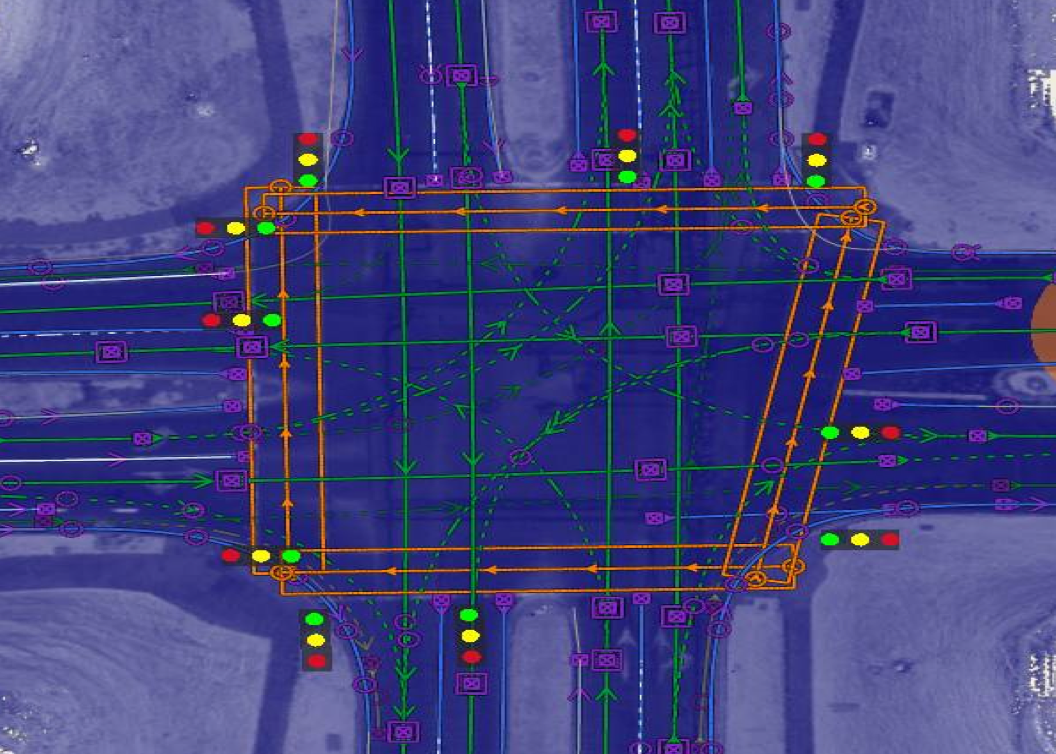Let me ask you. How many years will it take Waymo to cover top 100 metropolitan areas in US ?
I'm not trying to be contentious or argue, As you have noticed my activity on this forum has been very low for quite a while.
As 7 years of repeating the same thing over and over again. At this point who ever belives will continue to believe no matter what.
I'm simply interested in how you came to your conclusion and whether recent timelines in LA and Austin was taken into consideration.
In regards to your question, previously I would have said 2028. But I don't believe that anymore, while Waymo is the clear front runner in SDC and there doesn't look to be a close second. I don't believe they will be the ones to democratize it. I stopped believing back in 2022.
These comments from Waymo engineers basically sums up what I mean:
"Waymo has 2 CEOs. TWO CEOs."
"Yep, it’s silly. It does align with what the company excels at most : IndecisivenessAnd what better way to express that than to not decide on a single CEO.Trickle-down indecisiveness."
"If the two CEOs cannot capitalize on the progress we've made, they are not fulfilling their roles and should step down. It was an experiment that didn't succeed. Two slow snails don't combine to form a fast snail."
I do fully believe that Commercializing a new technology while being owned by Google is literally a death sentence.
There are several recent examples you can use.
First of all, ChatGPT. Google trained almost all of the world's ML engineers. They have the most and best compute (TPU), they invented the ML Platform and library (tensorflow), they are responsible for almost all ML breakthroughs including the famous Transformers. They also have the best ML scientists.
Yet they were beaten by OpenAI with ChatGPT to the point there was a code RED meeting that brought in the founders because their entire business were threatened. They completely restructured their company to address the threat from ChatGPT (combining Google Brain with Deepmind), etc.
Then releasing Bard (which is only 1 product) which was inferior to even GPT 3.5 let alone 4. On the other hand OpenAI and MS has like 50 LLM AI products(copilot, copilot excel, copilot outlook, etc) and counting and Google has what one (Bard)?
It literally took an
extinction level event for them to actually do something.
Another perfect example is the debacle of project tango.
They diddled around with project tango for years and did nothing with it. releasing just one devkit prototype. They had the best tech in the world but did nothing with it. Then out of nowhere BAM, apple showed up with ARKit (3 years later). While Google was still fiddling around and doing absolutely nothing. After the reveal of ARkit, Google in a rush scrapped the entirety of tango and created ARcore to compete. Infact most of the code for Arcore was tango but just renamed. Infact there were some codes and api that weren't renamed in the mad rush when it was first released.
Google shows off ARCore, its answer to Apple’s ARKit | TechCrunch
Now Apple is now adding lidar hardware to their cameras to get tango-que like accuracy. Basically running circles on Google. It made them ditch tango to copy what they were doing, then now gone back and add hardware tech to increase the accuracy to tango levels.
That is just one side of the Tango debacle. Kinect which is similar to tango came out in 2010 and was a hit, with a new version 2 releasing in 2013 which was a dud. But MS didn't stop there. The hardware made its way into Hololens 1 in 2015 and was used as inside out tracking. This made Hololens the first inside out tracked headset. Then it made its way into Windows Mixed Reality VR Headset in 2017 and made it the first inside out tracked VR headset and now a next gen version of it is in 2019 Hololens 2.
Tango on the other hand was mishandled resulting in Google doing nothing with it. Google glass came out and didn't use it, Google's Daydream (which is now cancelled, XD) its VR headset came out and didn't use it. Fast forward now and everyone has inside out tracking, occulus, valve for their devices. The other oems doing VR headsets are using the kinect tech (acer,etc). MS had a headstart and they surprisingly took advantage of it and created a long portfolio. Even Apple with their Apple Vision. Google beat everyone to it yet completely blew it and did absolutely ZERO. Zip. Nada. Nothing. With It.
I could keep going and list all Google failed new technological products, Stadia, blah blah.
But the point is, Waymo tech is clearly not the issue. Its the management.
I have said previously, Cruise clearly had an expansion plan.
Waymo on the other hand has no clue what they are doing, yet their tech is 3-4 years ahead of Cruise.
If Cruise had Waymo's tech, they would be in 100 cities by 2026.
Again - once Tesla "gets to FSD", will it deploy slower or fast than Waymo ?
Faster
Its mind boggling how two companies with different strategies are being compared as if they have the same strategy and challenges. Calling this comparison dumb is giving it too much credit.
Well its not a comparison. Like I said I was just curious to see how you came to your conclusion and whether recent timelines in LA and Austin was taken into consideration.







/cdn.vox-cdn.com/uploads/chorus_asset/file/15678988/Kirkland_Self_Driving_Lexus_Press_2.0.0.1454520798.jpg)